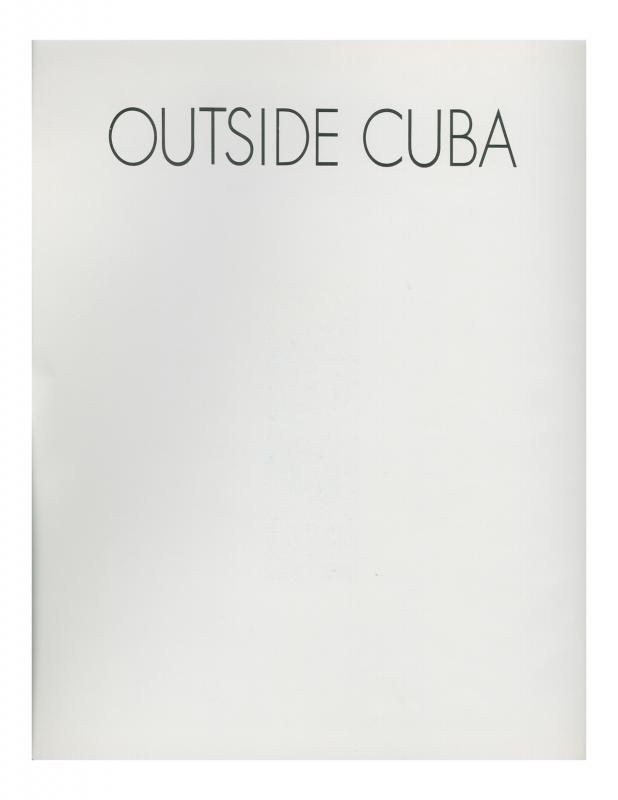Ricardo Pau-Llosa’s essay discusses six generations of modern and contemporary Cuban artists, most in exile, and their art as it deals with alienation and uprooting. According to Pau-Llosa, the first generation (1920s) includes the founding fathers of Cuban modernism, who traveled to Europe, and were influenced by Cubism, Surrealism, and other Parisian movements, yet became interested in creating work that exuded “Cuban-ness.” As examples, he cites the work of Víctor Manuel García, Amelia Peláez del Casal, Fidelio Ponce de León, and Carlos Enríquez. The second generation emerged during the 1940s and revised the “explicit Cuban lexicon of the first generation.” In this generation, Pau-Llosa includes Cundo Bermúdez, René Portocarrero, Mario Carreño, Carmen Herrera, and Daniel Serra-Badué. Therefore, Pau-Llosa proposes that this generation produced the first truly abstract work in Cuba. The third generation emerged following World War II with two major movements in Havana, Grupo de los Once and Grupo de los Diez Artistas Concretos. He takes into account many individual artists from this generation. The fourth generation identified by Pau-Llosa includes Cuban artists working in exile following the 1959 revolution and their work is compared to previous Cuban artists working abroad. The fifth and sixth generations include Miami-based artists who emigrated from the island at a young age and whose work is marked by their biculturalism. Several artists from these last two generations are examined.

